
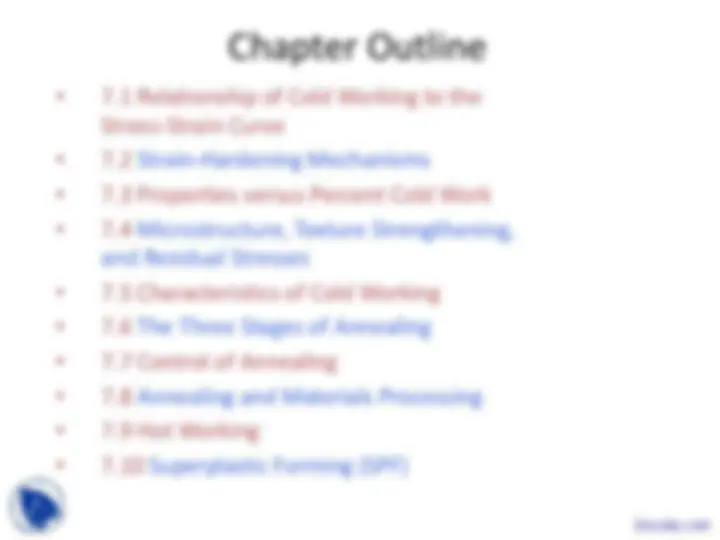
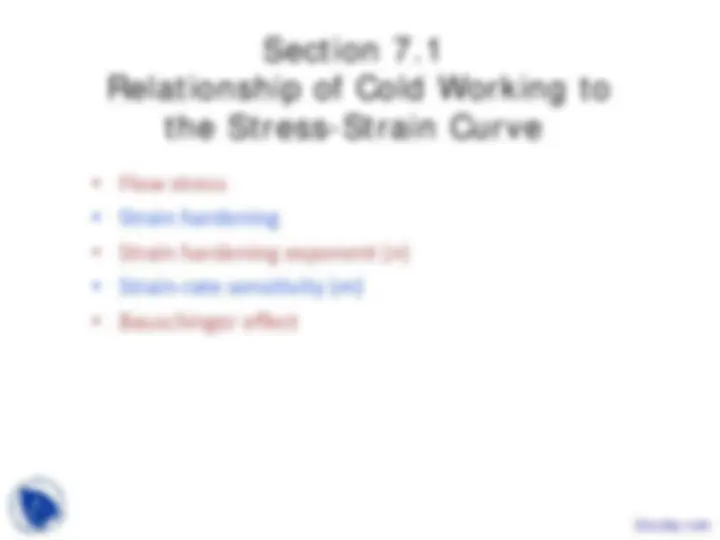
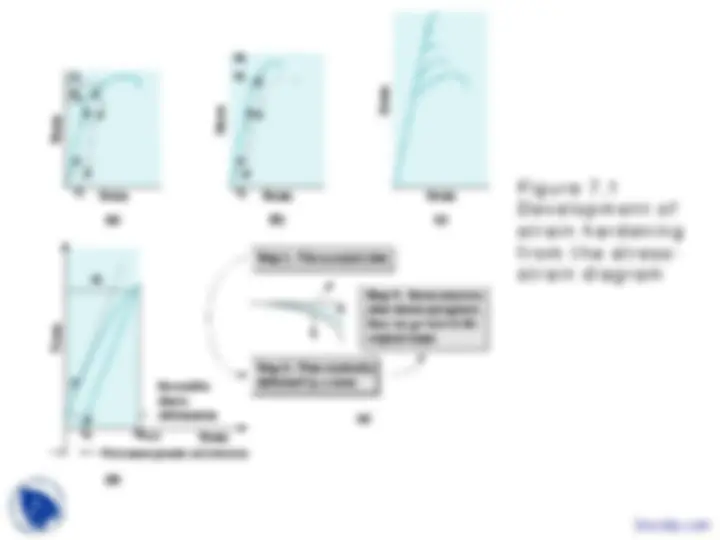
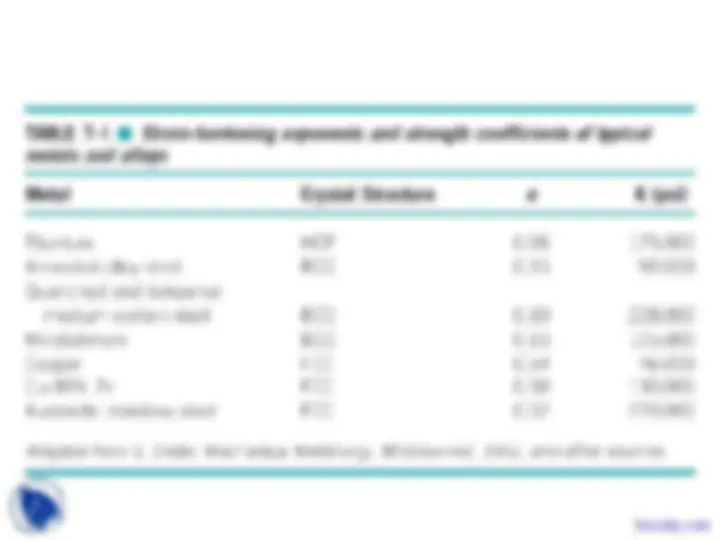
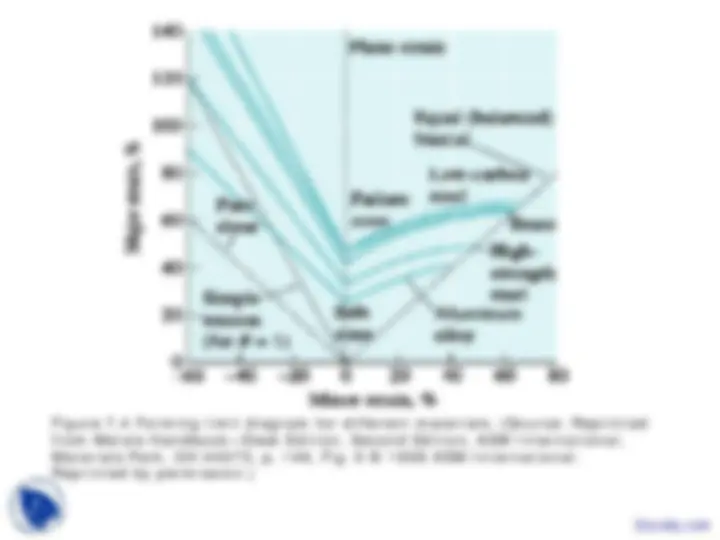
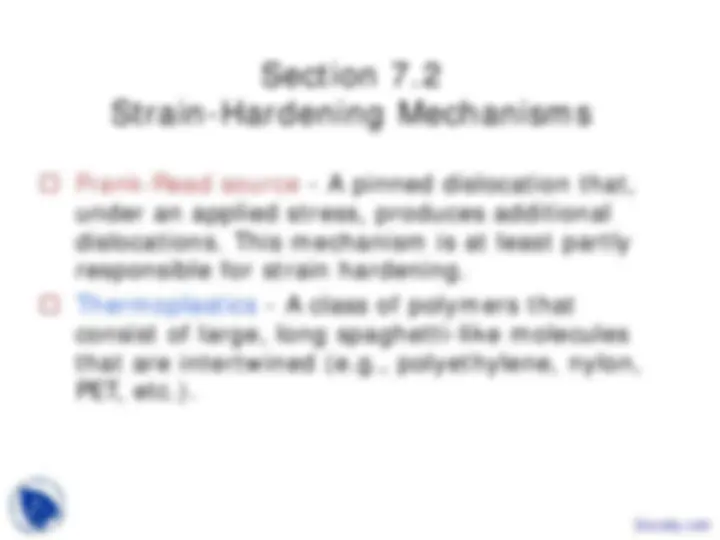
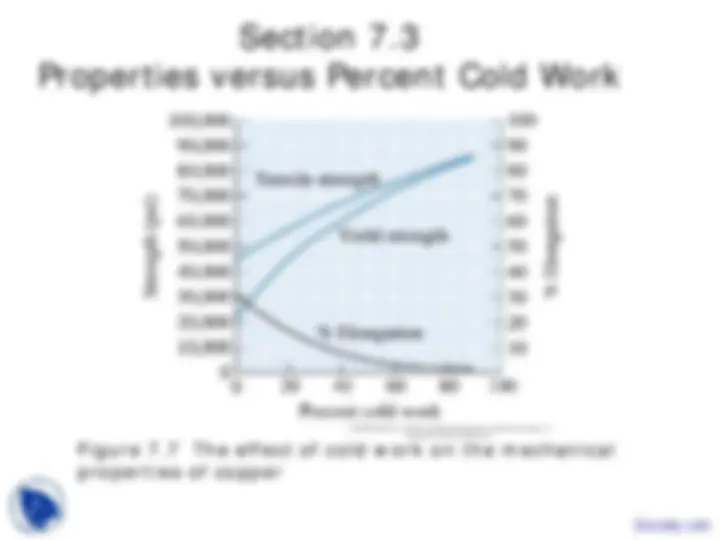
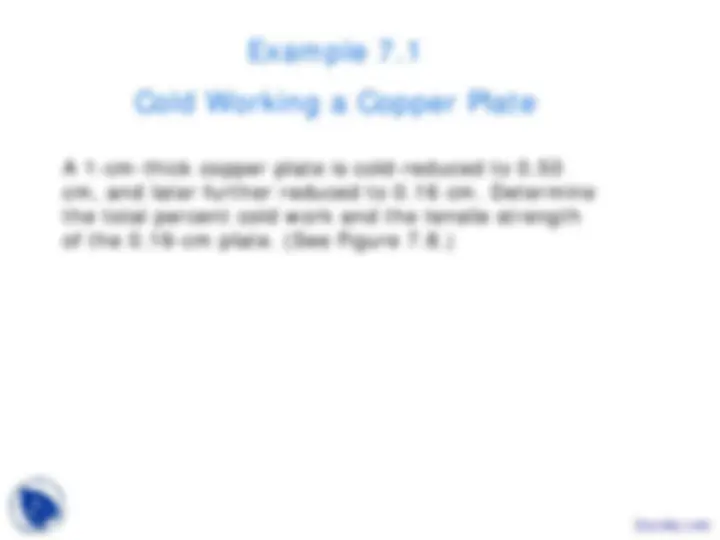
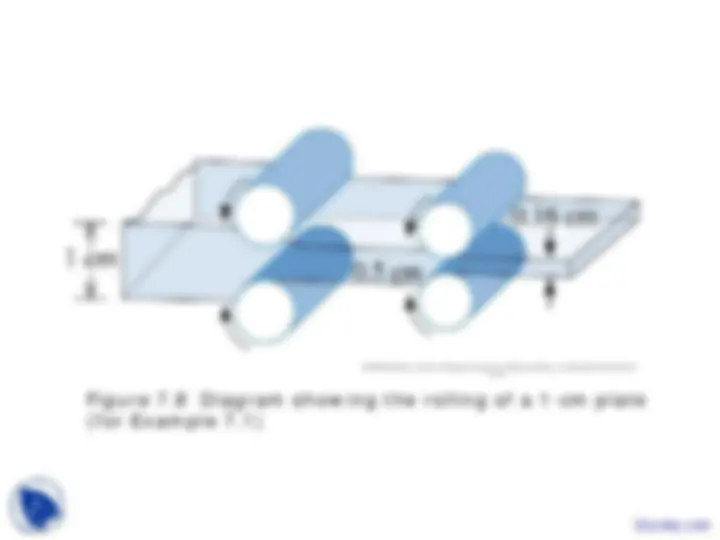
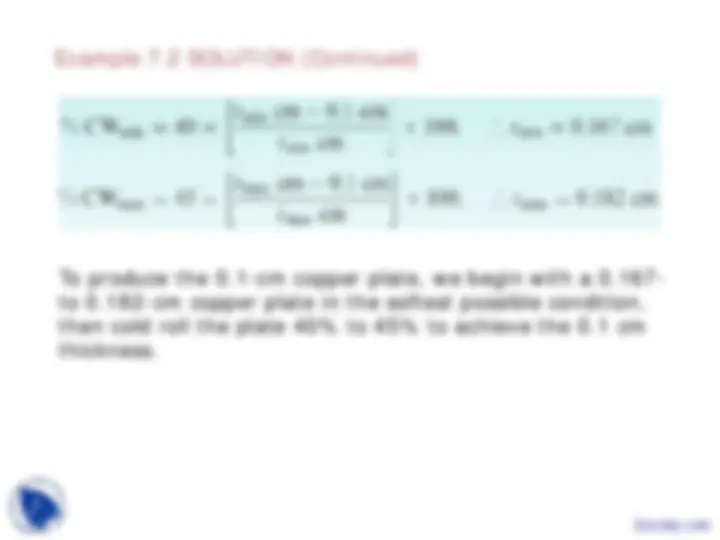
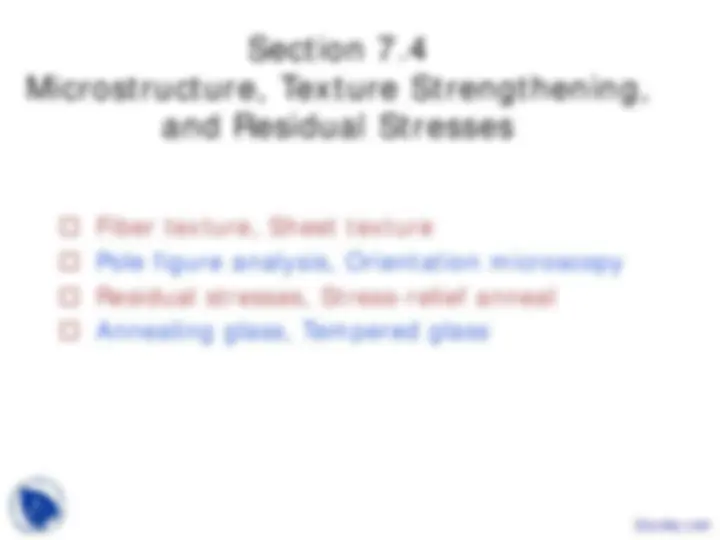
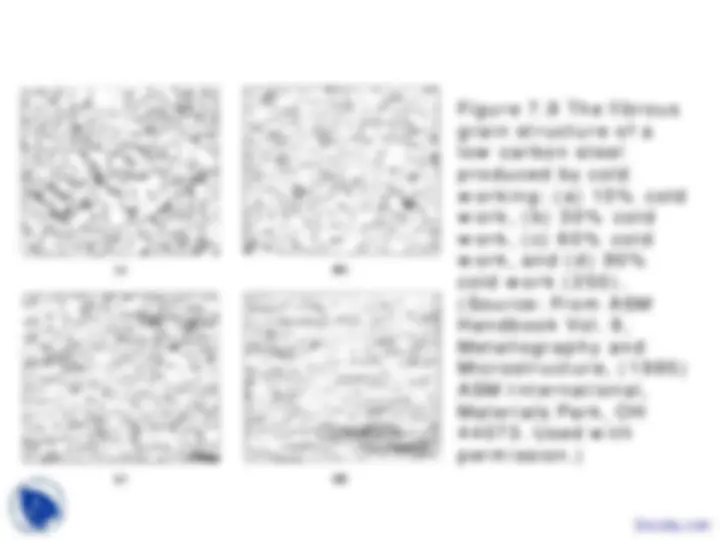
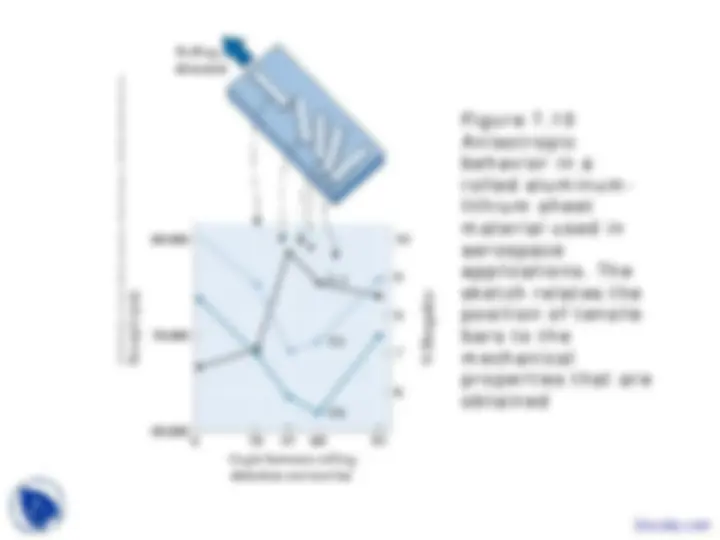
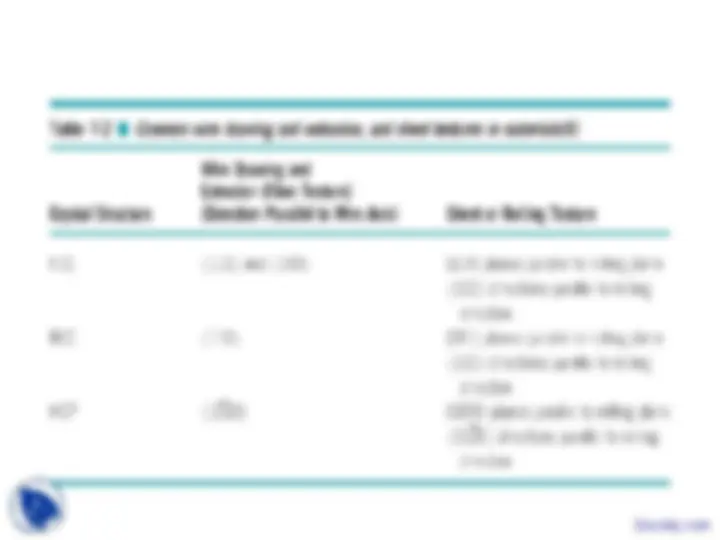
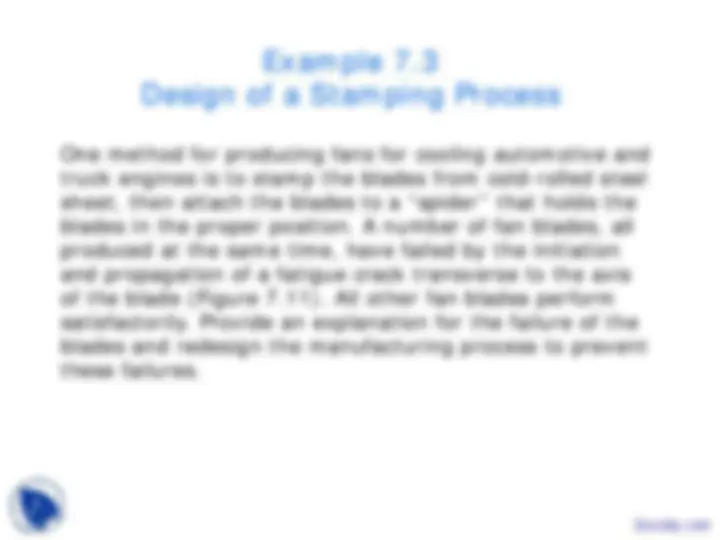
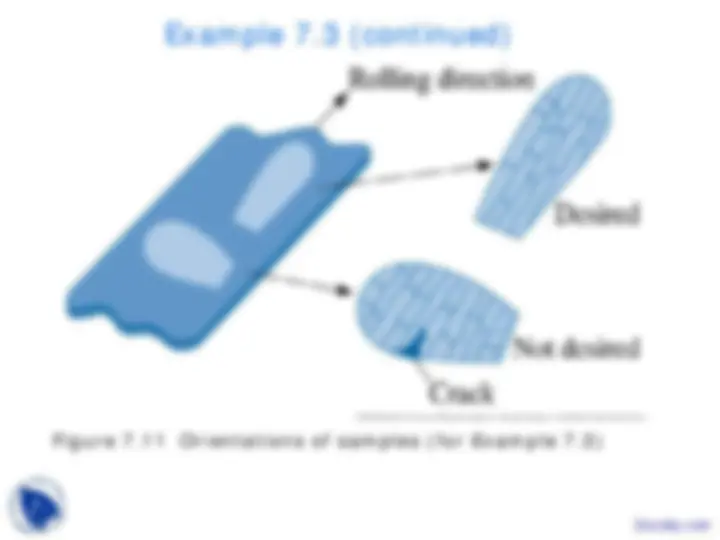
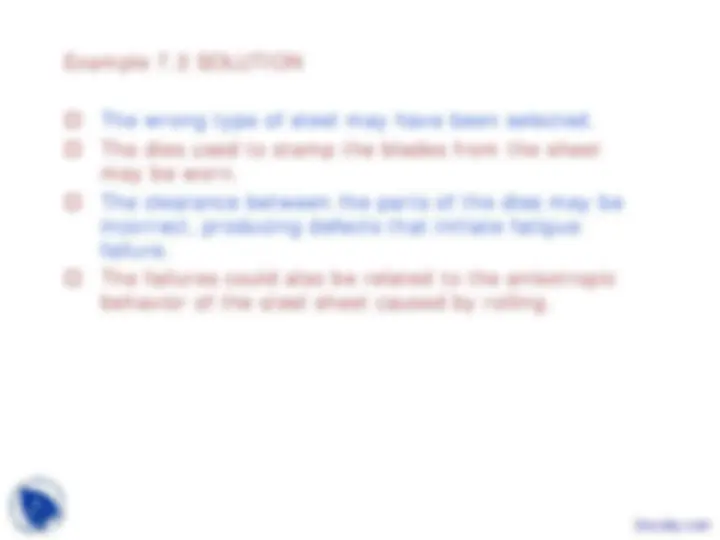
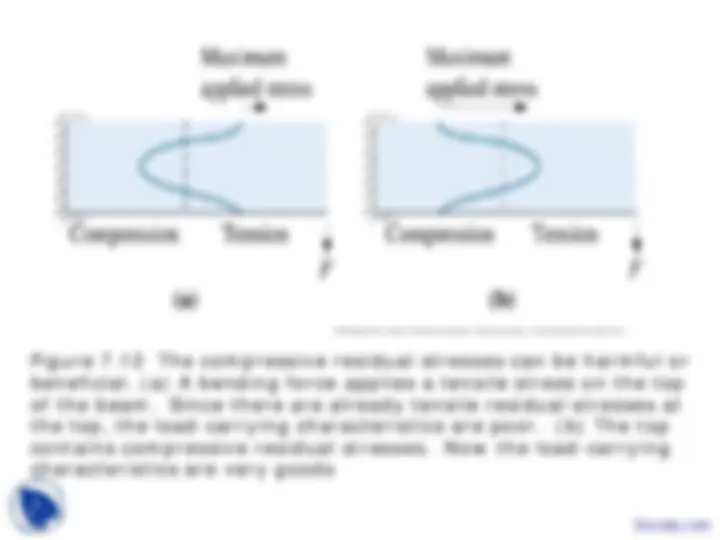
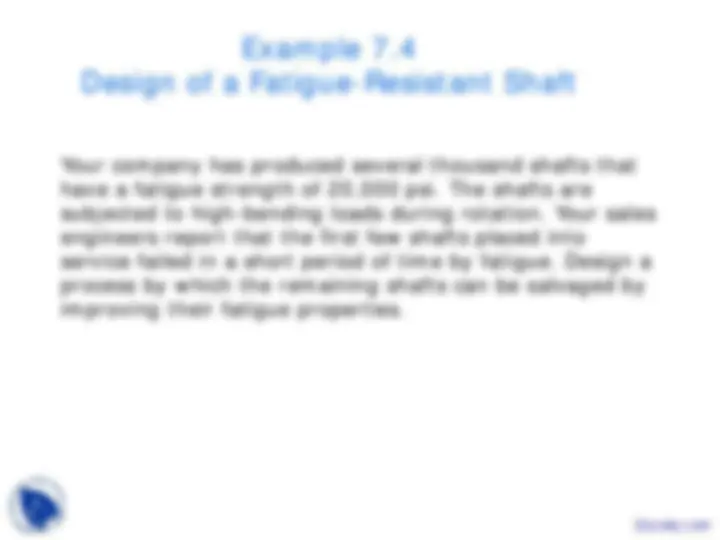
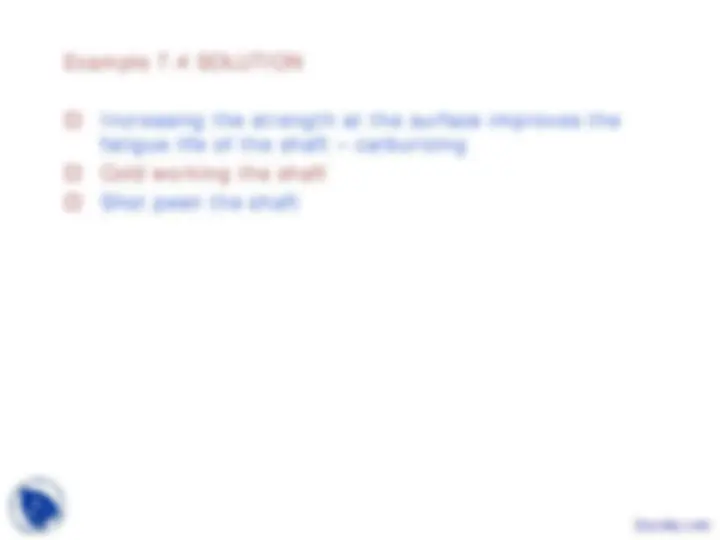
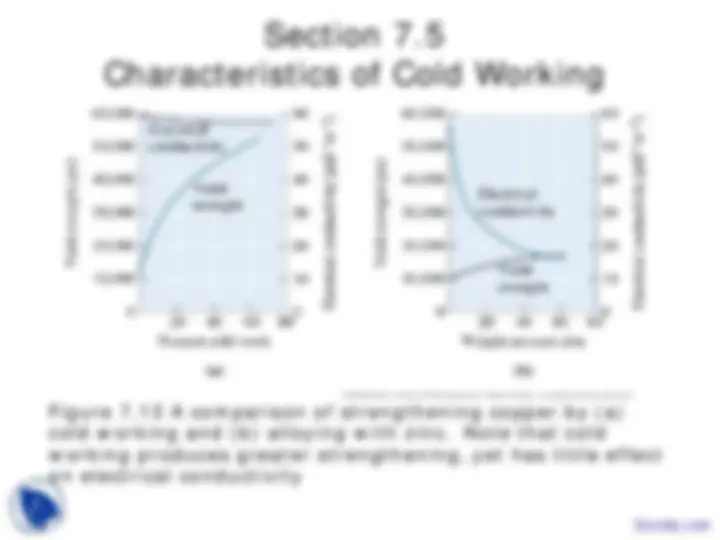
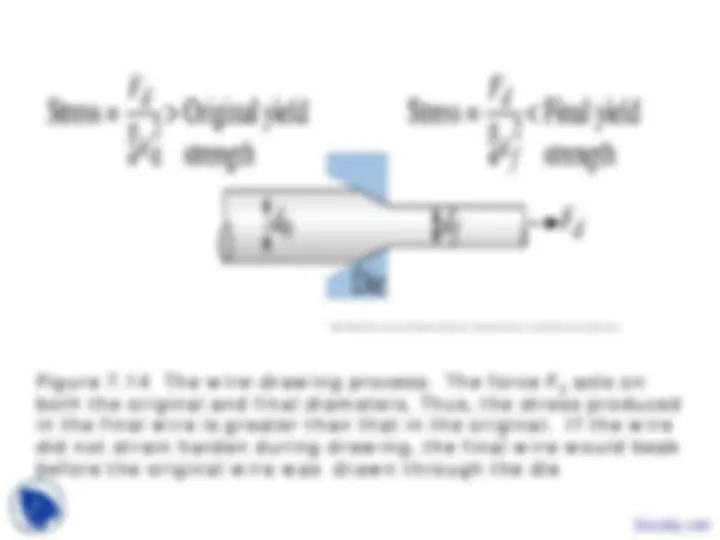
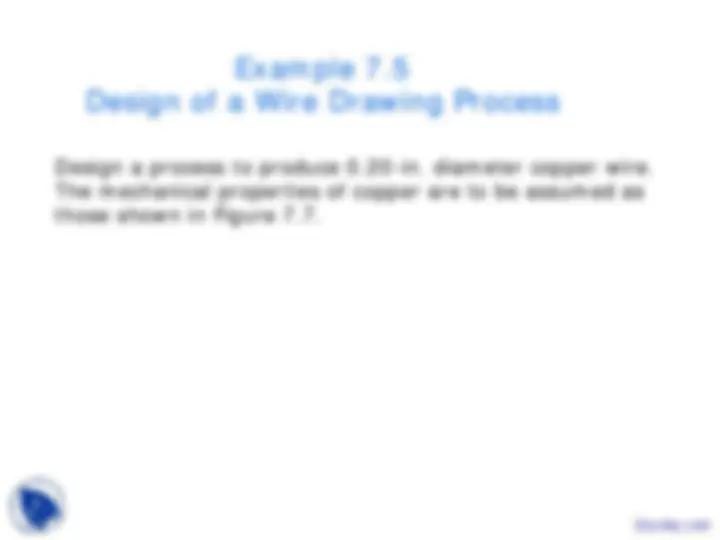
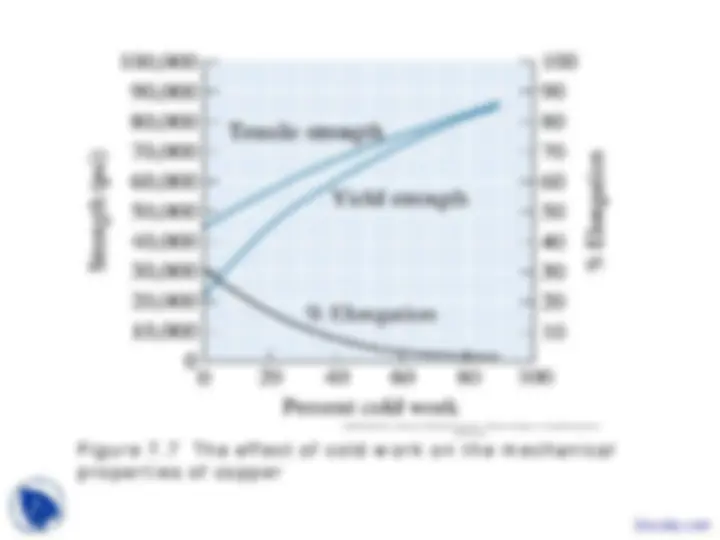
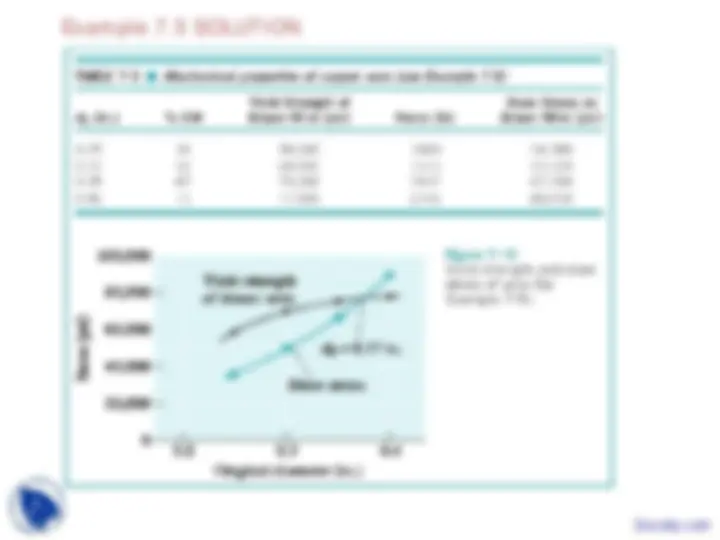
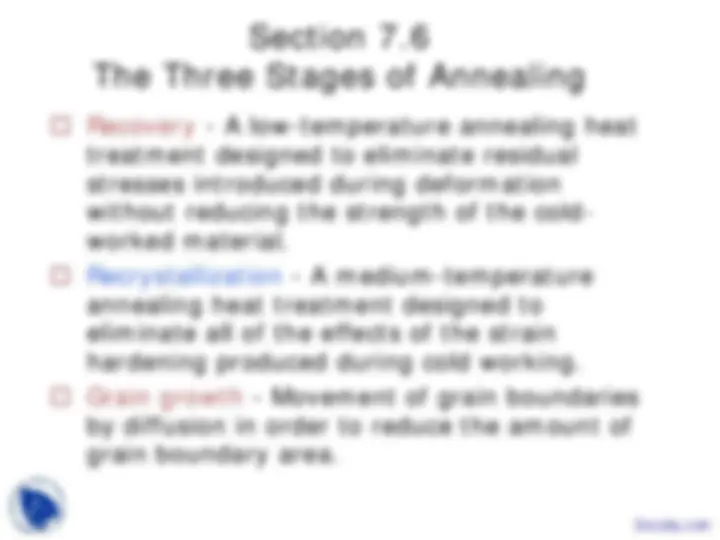
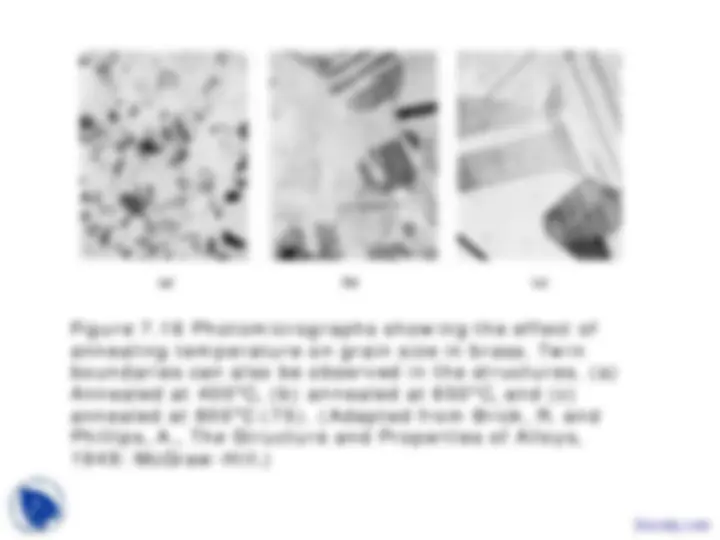
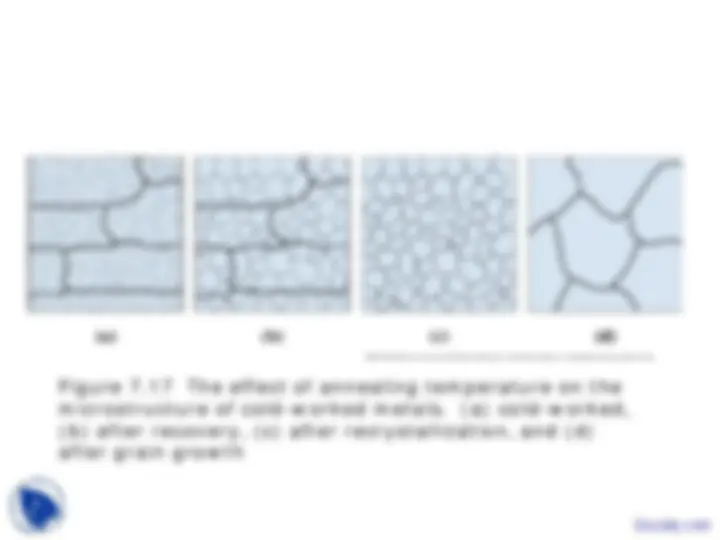
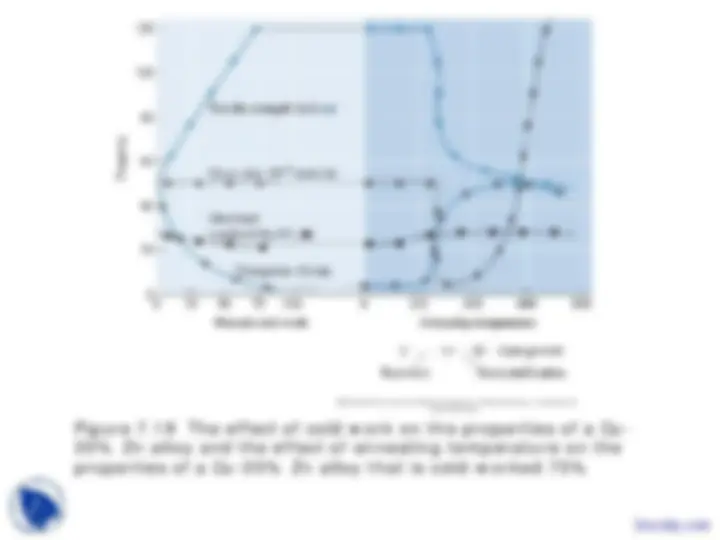
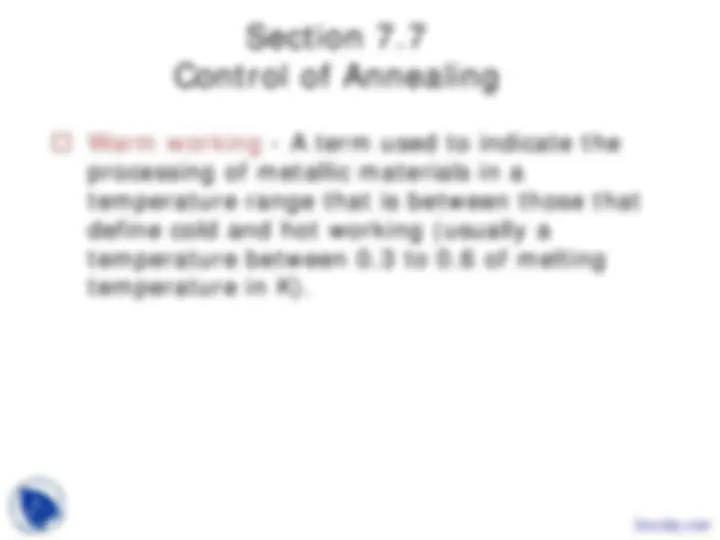
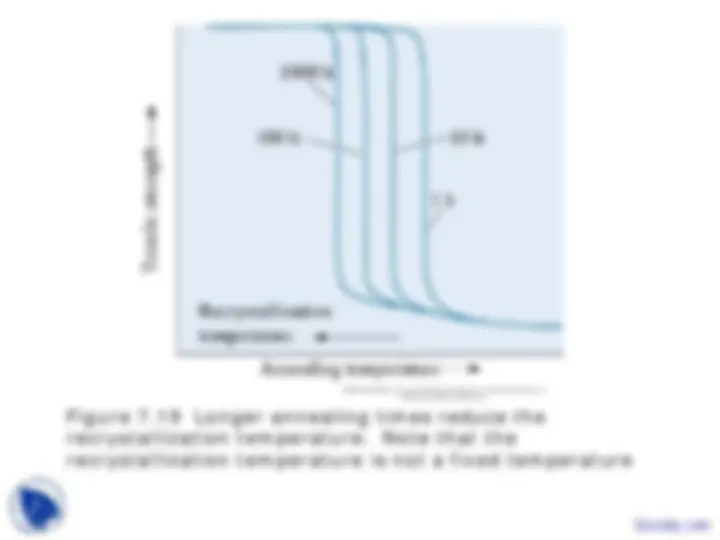
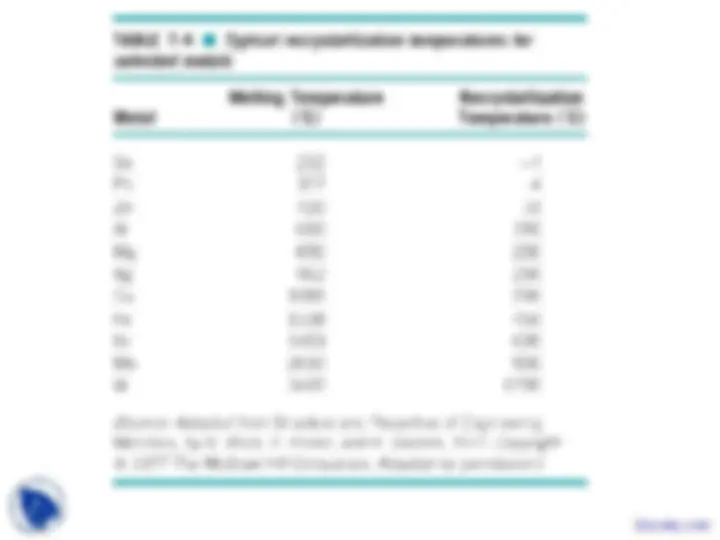
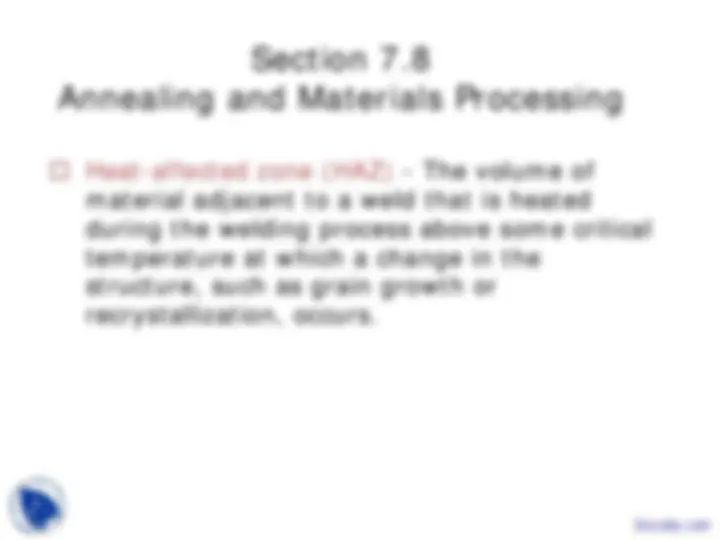
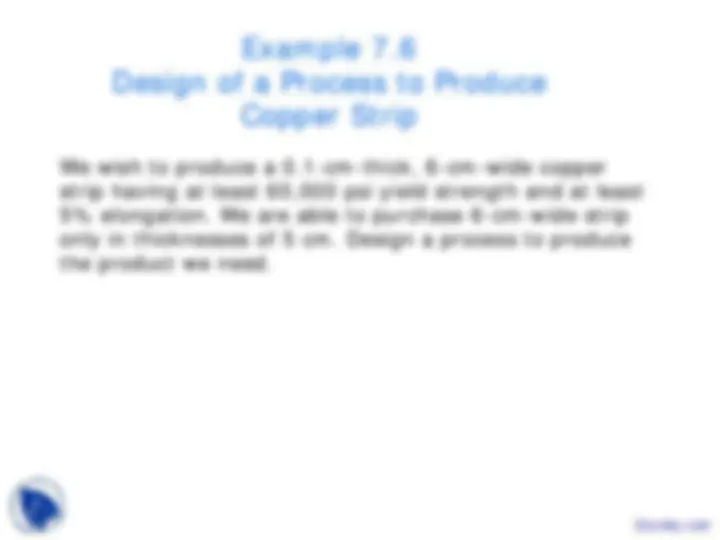
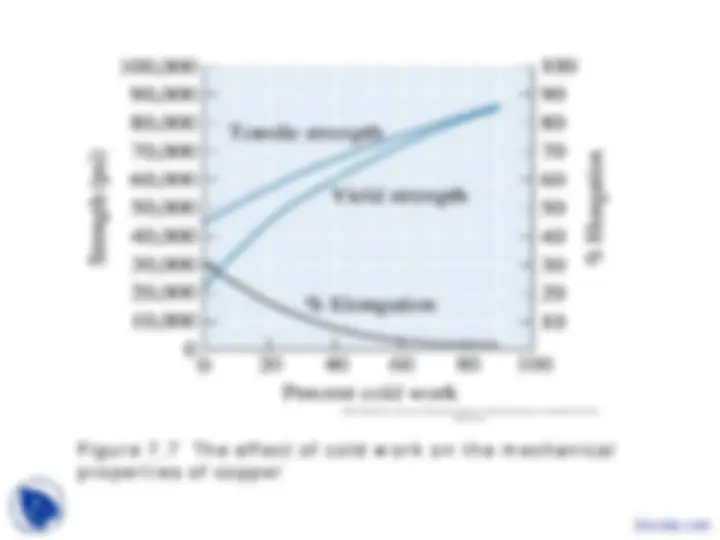
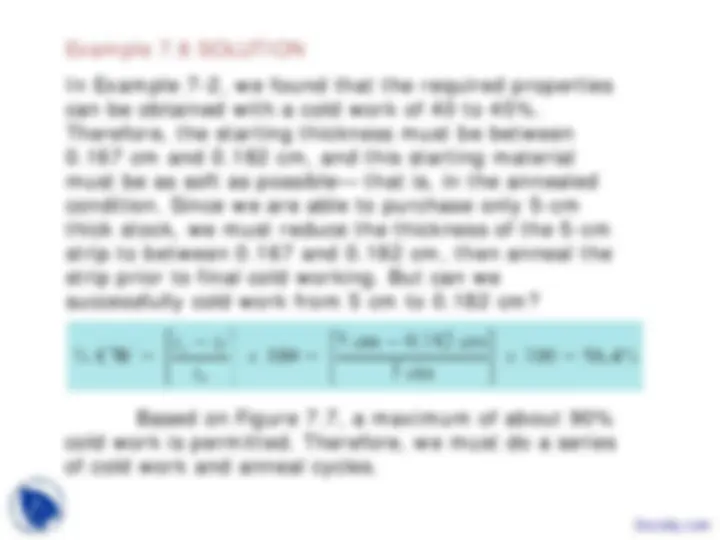
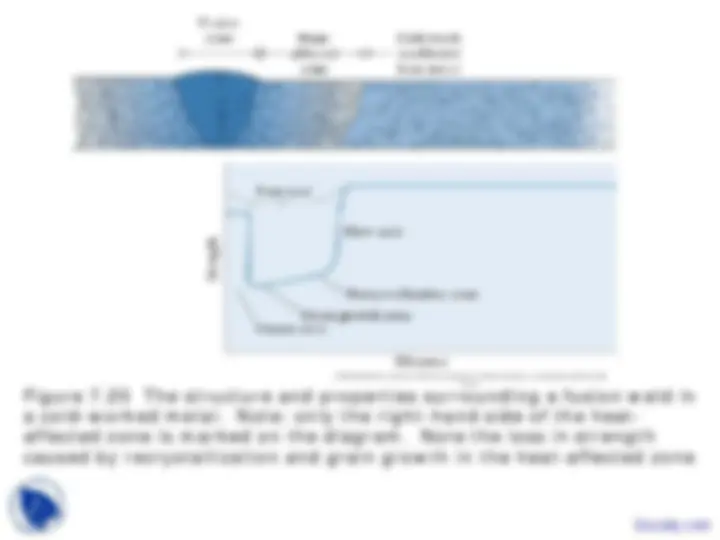
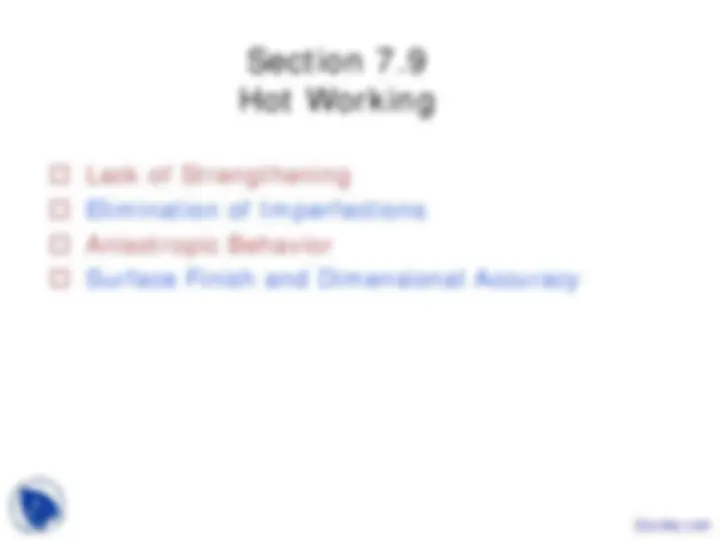
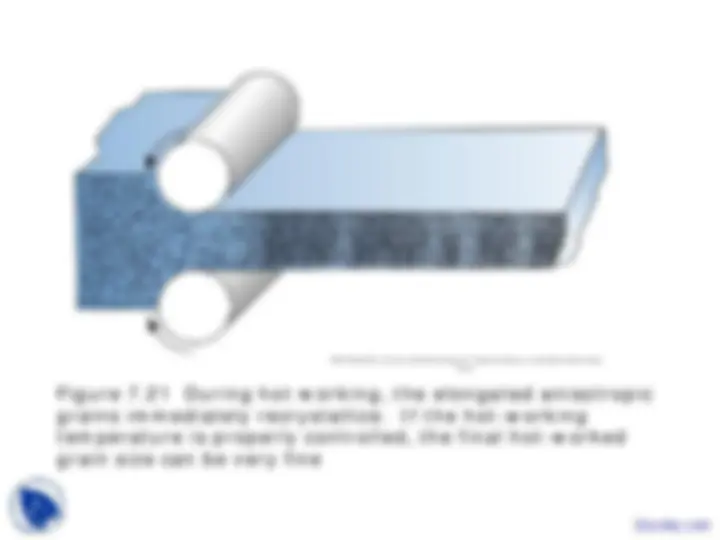
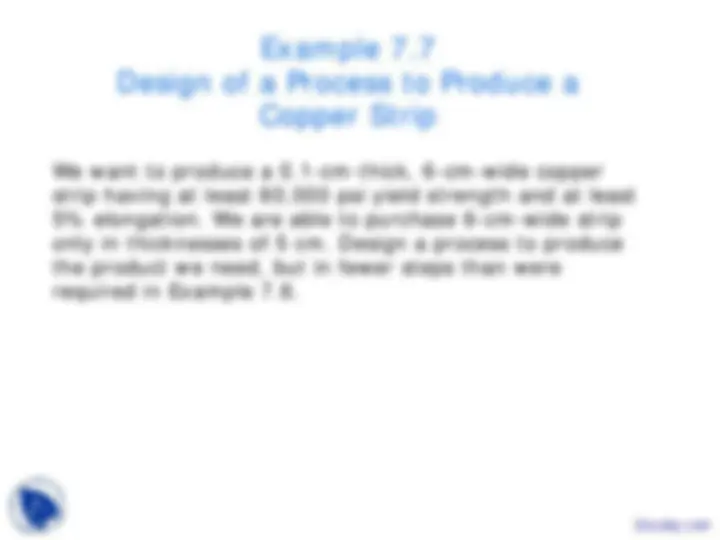
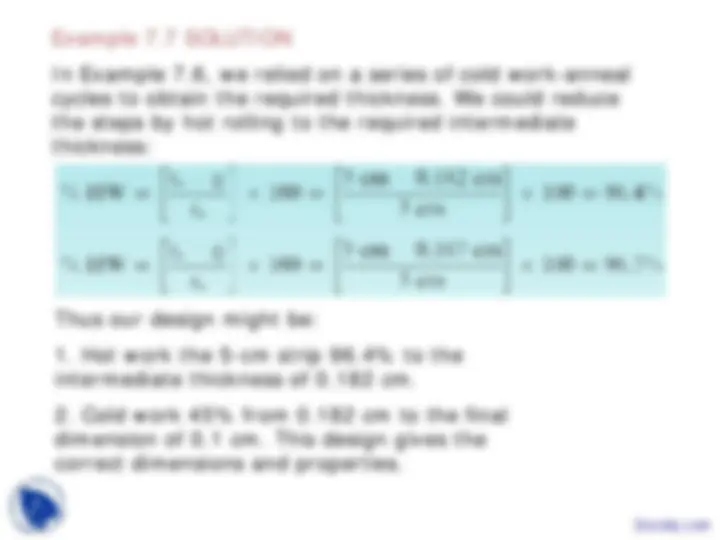
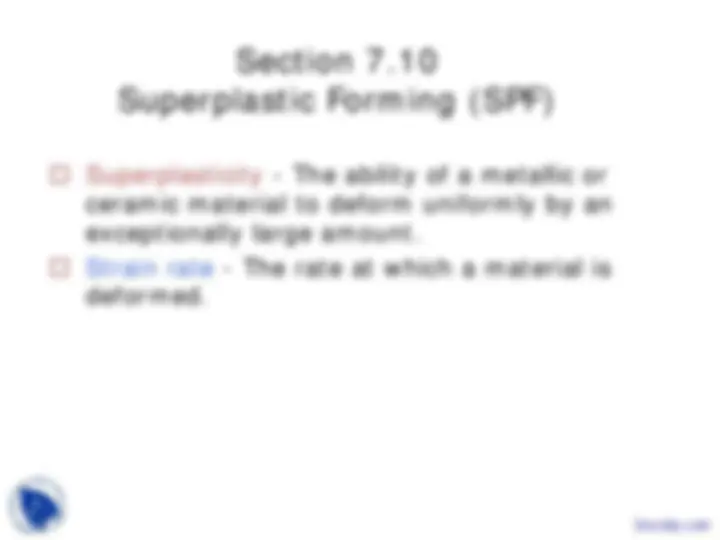
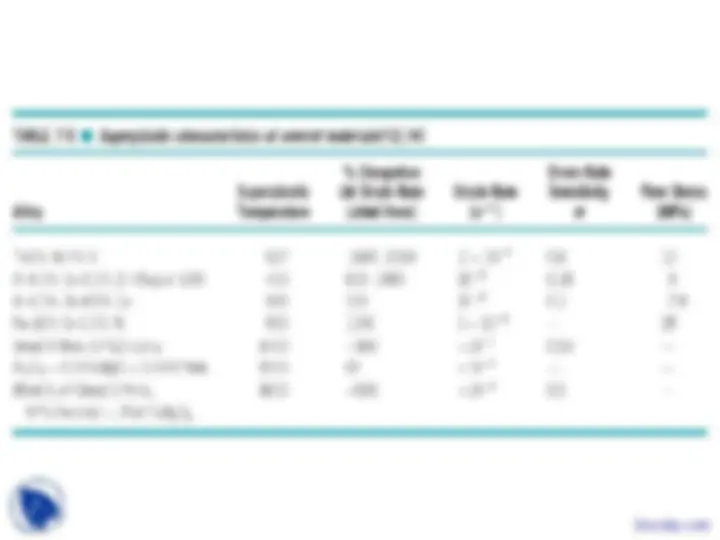
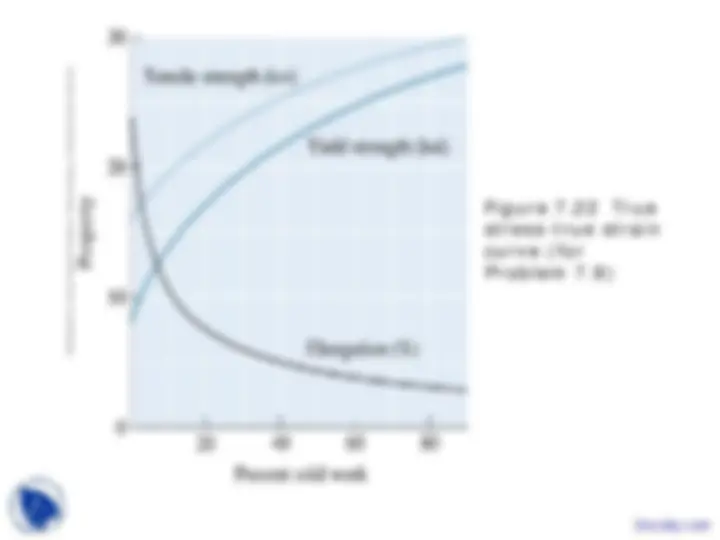
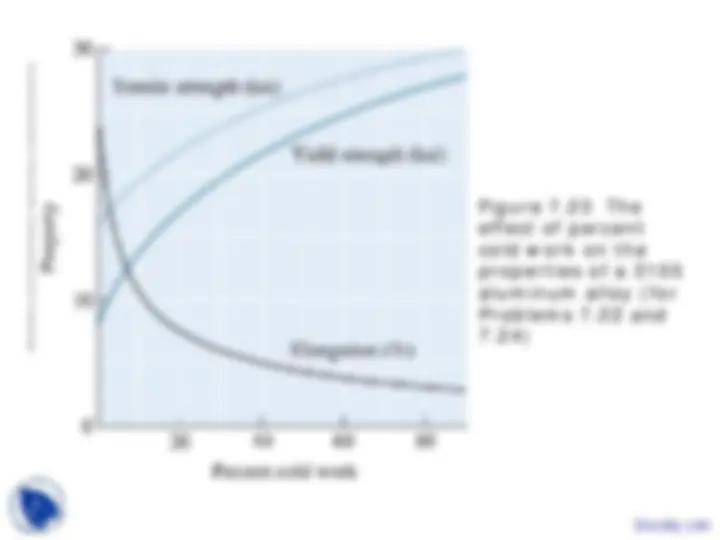
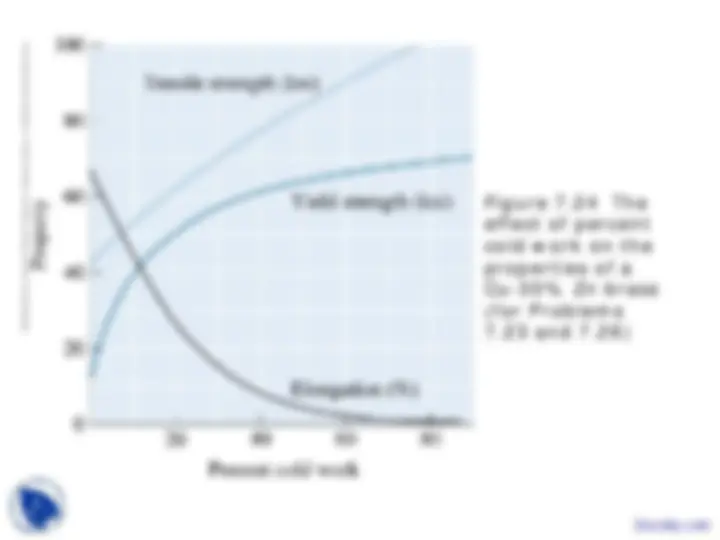
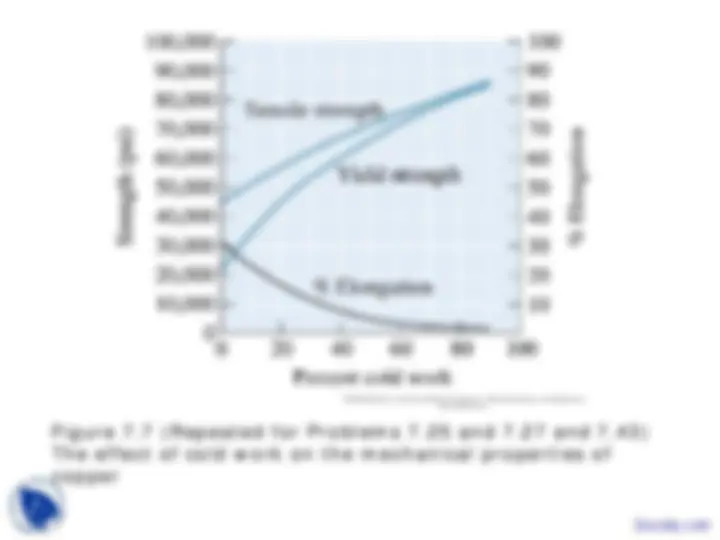
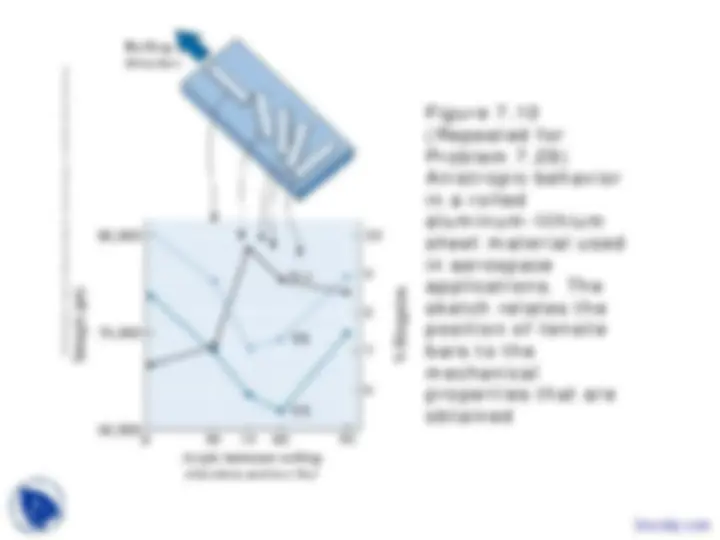


Study with the several resources on Docsity

Earn points by helping other students or get them with a premium plan


Prepare for your exams
Study with the several resources on Docsity

Earn points to download
Earn points by helping other students or get them with a premium plan
Community
Ask the community for help and clear up your study doubts
Discover the best universities in your country according to Docsity users
Free resources
Download our free guides on studying techniques, anxiety management strategies, and thesis advice from Docsity tutors
These are the Lecture Slides of Material Science for Engineers which includes Structure of Wood, Moisture Content, Density of Wood, Mechanical Properties of Wood, Expansion and Contraction of Wood, Concrete Materials, Properties of Concrete etc. Key important points are: Strain Hardening, Annealing, Relationship of Cold Working, Stress-Strain Curve, Strain-Hardening Mechanisms, Texture Strengthening, Residual Stresses, Characteristics of Cold Working, Control of Annealing
Typology: Slides
1 / 56

This page cannot be seen from the preview
Don't miss anything!

















































Section 7.
Relationship of Cold Working to
the Stress-Strain Curve
Figure 7. Development of strain hardening from the stress- strain diagram
©2003 Brooks/Cole, a division of Thomson Learning, Inc. Thomson Learning
is a trademark used herein under license.™ (^) Figure 7.3 The true
stress-true strain curves for metals with large and small strain-hardening exponents. Larger degrees of strengthening are obtained for a given strain for the metal with the larger n
Section 7.
Strain-Hardening Mechanisms
Figure 7.5 The Frank-Read source can generate dislocations. (a) A dislocation is pinned at its ends by lattice defects. (b) As the dislocation continues to move, the dislocation bows, eventually bending back on itself. (c) finally the dislocation loop forms, and (d) a new dislocation is created. (e) Electron micrograph of a Frank-Read source (330,000). (Adapted from Brittain, J., ‘‘Climb Sources in Beta Prime- NiAl,’’ Metallurgical Transactions, Vol. 6A, April 1975.)
Section 7.
Properties versus Percent Cold Work
©2003 Brooks/Cole, a division of Thomson Learning, Inc. Thomson Learningtrademark used herein under license. ™ is a Figure 7.7 The effect of cold work on the mechanical properties of copper
Example 7.
Cold Working a Copper Plate
Example 7. Design of a Cold Working Process
Section 7.
Microstructure, Texture Strengthening,
and Residual Stresses
Figure 7.9 The fibrous grain structure of a low carbon steel produced by cold working: (a) 10% cold work, (b) 30% cold work, (c) 60% cold work, and (d) 90% cold work (250). (Source: From ASM Handbook Vol. 9, Metallography and Microstructure, (1985) ASM International, Materials Park, OH